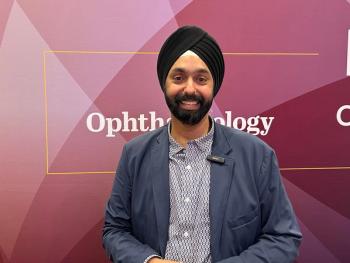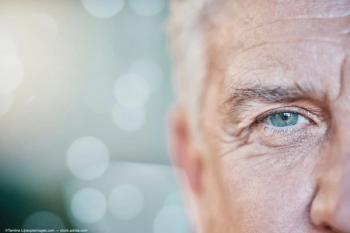
Factors associated with changes in night-driving visual performance evaluated
Studies with a night-driving simulator (NDS) found that changes in night-driving performance were associated strongly with the type of treatment used to perform LASIK, and that wavefront-guided procedures were correlated with better performance. The study involved 59 patients (98 eyes) who were tested preoperatively and 6 months postoperatively with the NDS, set to simulate nighttime driving on a rural road at 55 miles per hour, with and without glare.
Studies with a night-driving simulator (NDS) found that changesin night-driving performance were associated strongly with thetype of treatment used to perform LASIK, and thatwavefront-guided procedures were correlated with betterperformance. The study involved 59 patients (98 eyes) who weretested preoperatively and 6 months postoperatively with the NDS,set to simulate nighttime driving on a rural road at 55 miles perhour, with and without glare.
Ret. U.S. Navy Capt. Steven C. Schallhorn, MD, San Diego,reported the results of the study, which included an analysis ofvariance of the influence of age, gender, preoperativecharacteristics such as refraction and pupil diameter, treatmentwith wavefront or conventional approaches, and postoperativefeatures such as refraction, change in best-corrected visualacuity, and contrast acuity, glare, and halo.
"We found no differences in the change in performance of eachindividual with respect to the type of conventional laser used,or the road hazard that was tested, or the eye that was tested,whether it be left or right," Dr. Schallhorn said. For analysis,data were pooled into detection and identification tasks, eachperformed with and without glare.
Overall, a slight decrease in night-driving performance was foundfor both detection and identification tasks, with and withoutglare, Dr. Schallhorn said. Significant variation existed amongthe patients, however.
Among the variables, the ablation profile was the predominantfactor explaining most of the variability of results in detectiontasks; change in glare symptoms at night and in halos also werepredictive. Change in contrast had a slight influence. Foridentification tasks, the ablation profile was again the dominantfactor, and change in glare symptoms also was significant. Changein contrast sensitivity proved to be a more significant factorfor these tasks than for those involving detection.
To examine the effect of the ablation profile more closely,results were correlated with a significant decrease innight-driving performance. About 30% of the conventionallytreated patients had a significant loss versus 0% to 3% of thosetreated with wavefront, Dr. Schallhorn said. No significantcorrelation was found between pupil size and changes in drivingperformance.
Although the influence of the ablation profile on change onnight-vision symptoms could be related to a lower incidence ofhigher-order aberrations with wavefront treatment, surgeryperformed with a femtosecond laser also may have had an impact,Dr. Schallhorn said, as patients treated with this device wereincluded in this group.
Newsletter
Don’t miss out—get Ophthalmology Times updates on the latest clinical advancements and expert interviews, straight to your inbox.




















































.png)


